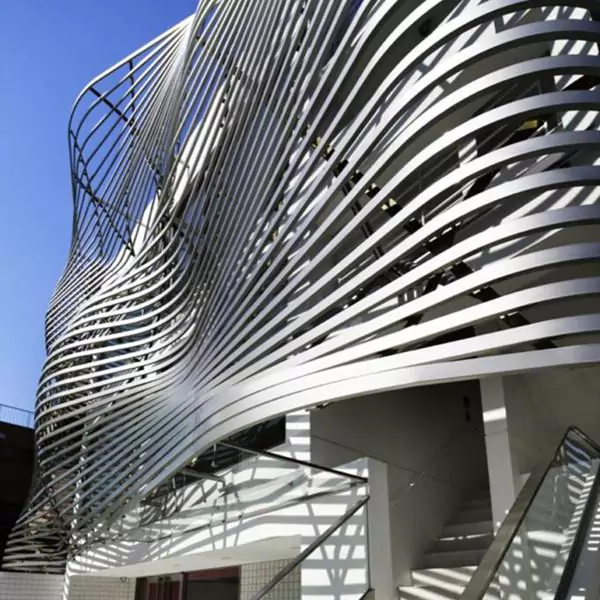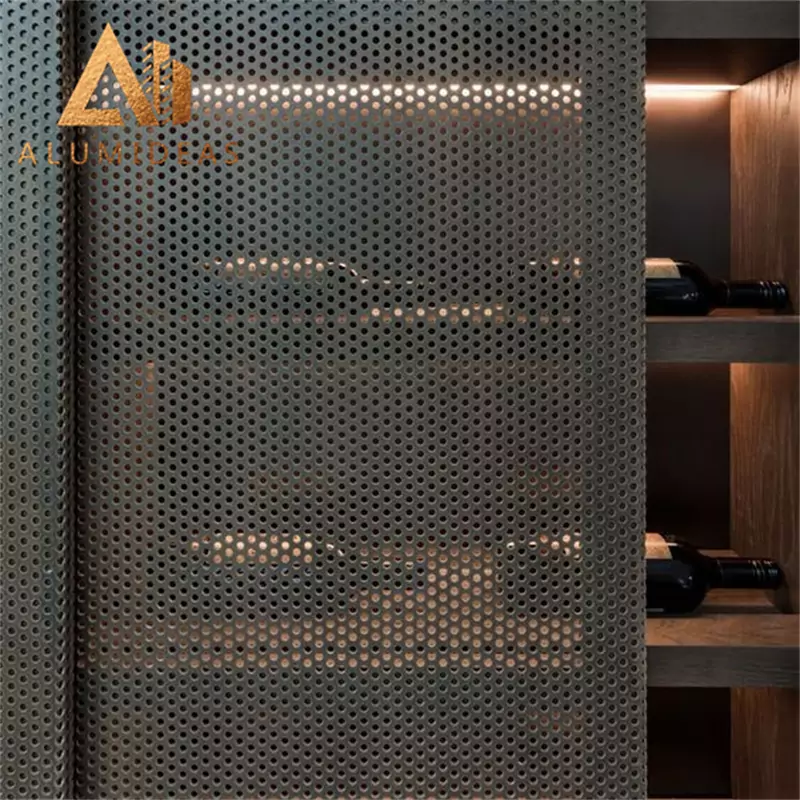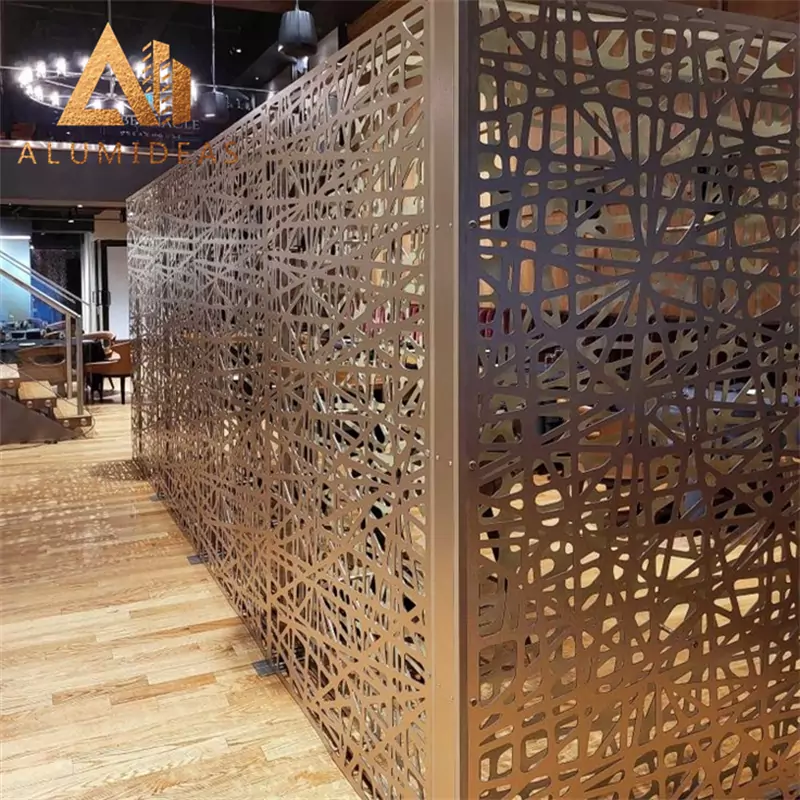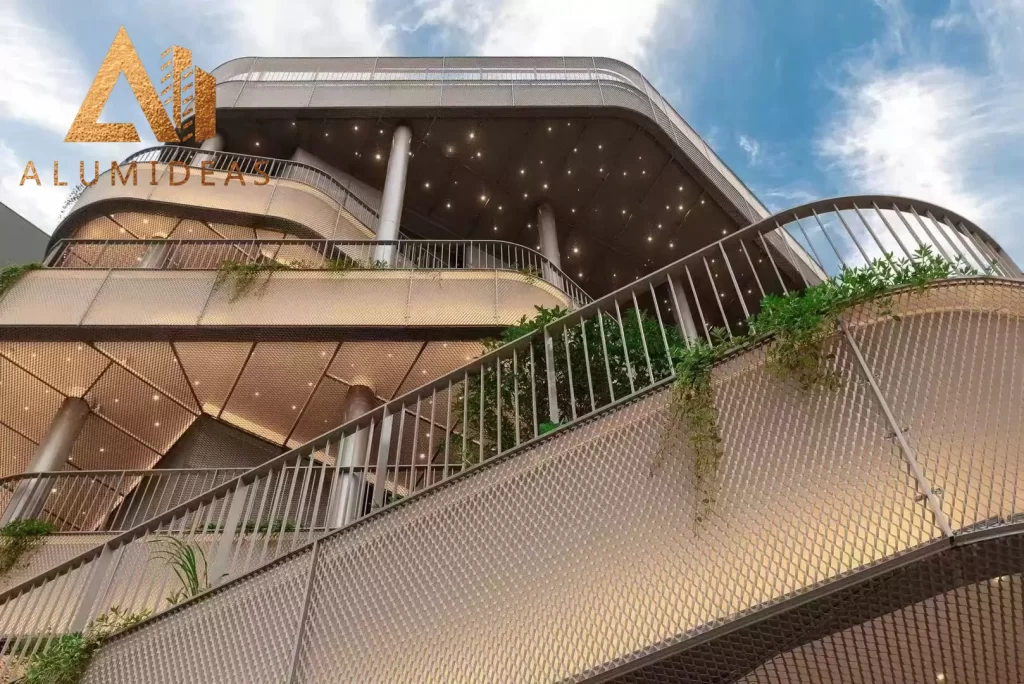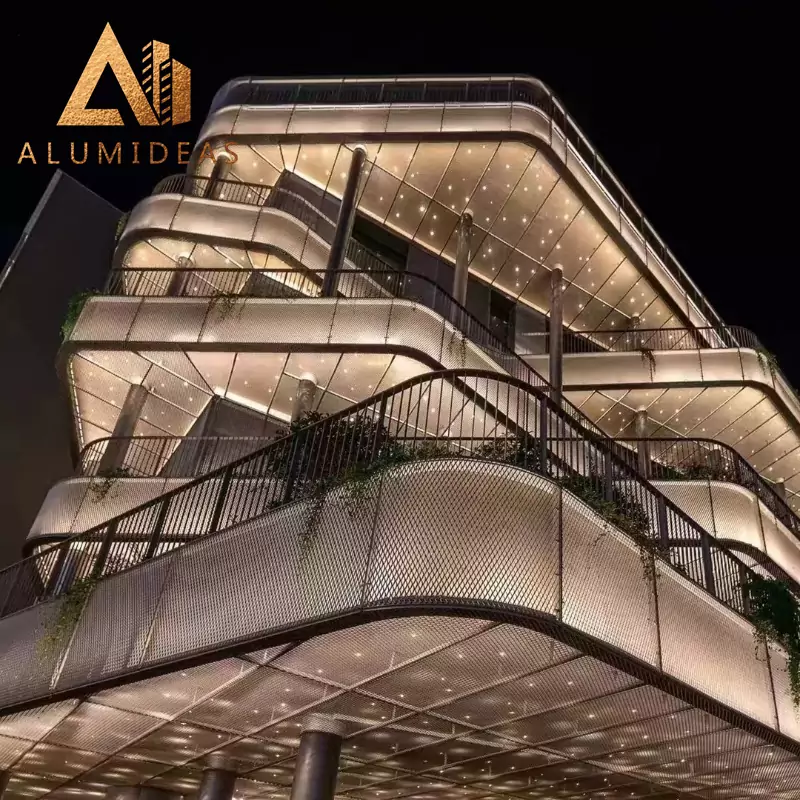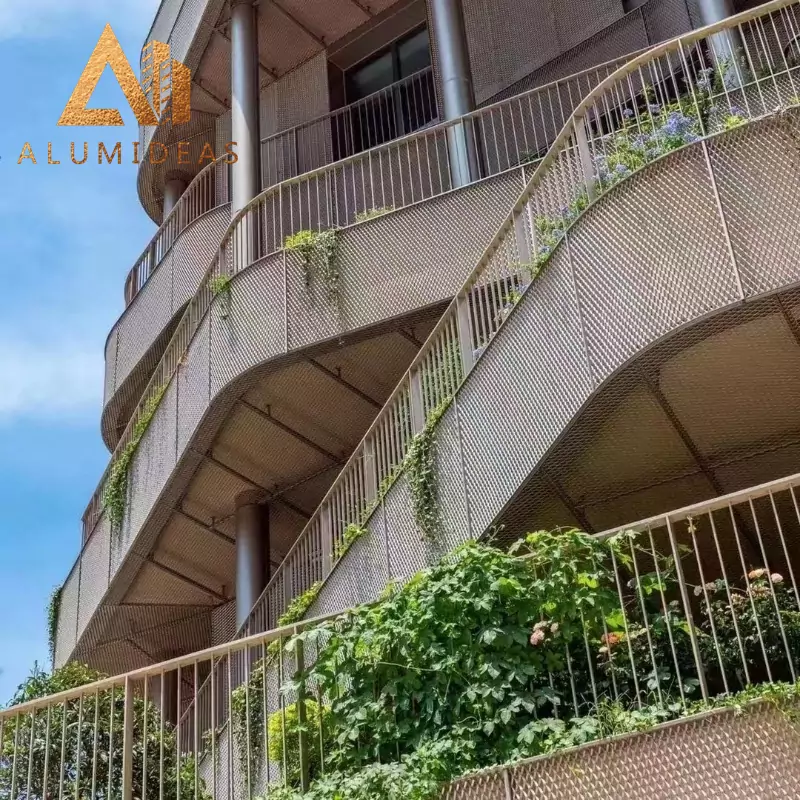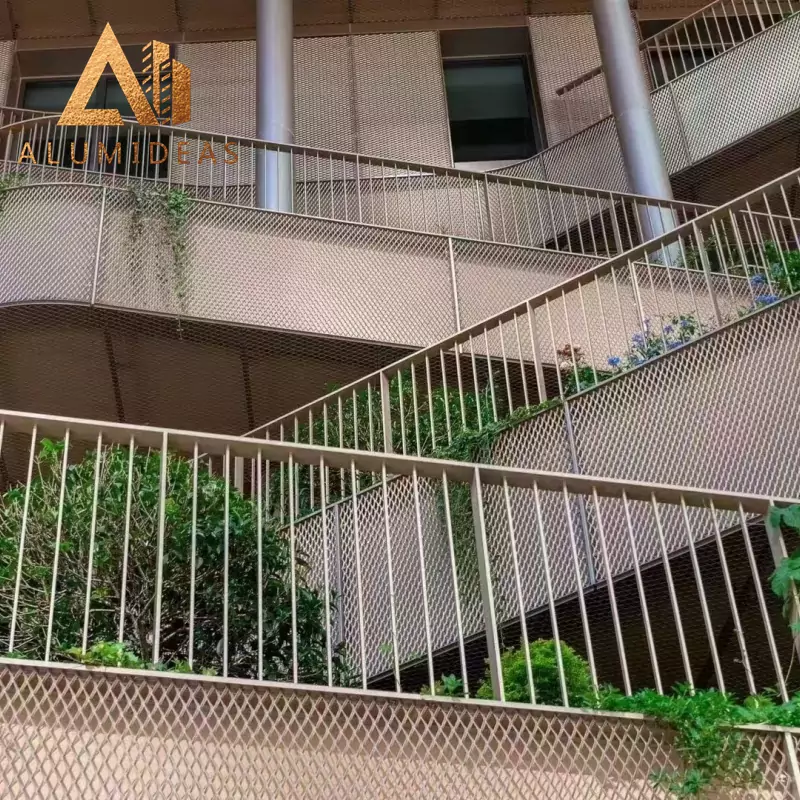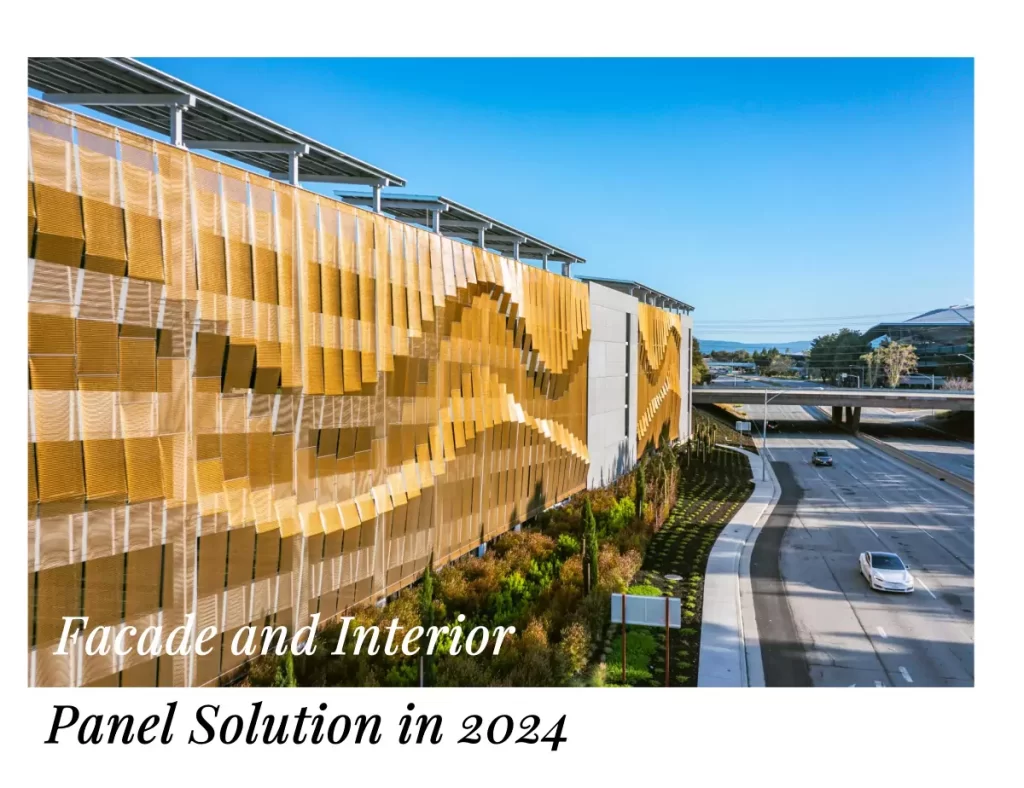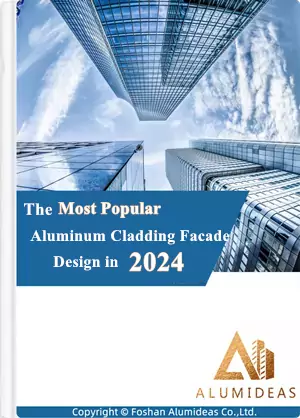Aluminum facade and aluminum curtain wall are both commonly used building systems for exterior cladding and architectural design. While they may seem similar, there are some key differences between the two that should be considered when choosing a system for a building project.
Aluminum facade is a type of exterior cladding system that typically consists of flat or curved panels made of aluminum alloy that are affixed to a substructure. These panels can be customized with different coatings, màu sắc, and textures to achieve the desired aesthetic effect. Aluminum facade systems are typically used to cover large areas of a building’s exterior and are often chosen for their durability and low-maintenance properties.
In contrast, an aluminum curtain wall is a more complex building system that is typically composed of a series of mullions and transoms that support glass or other cladding materials. Aluminum curtain walls are often used for tall buildings, such as skyscrapers because they can provide an uninterrupted view while still protecting against the elements.
One of the main differences between aluminum facades and aluminum curtain walls lies in their construction and application. Aluminum facade is typically used to cover a building’s exterior, while aluminum cladding panel is used to create a structural system that supports the building’s façade. Curtain walls are often designed to withstand strong winds and other weather conditions, and can provide additional insulation to a building.
Another difference between aluminum facades and aluminum curtain walls is in their appearance. Aluminum facade systems typically feature large, flat panels that can be customized with different finishes and textures. In contrast, aluminum curtain walls often feature a grid-like structure composed of mullions and transoms, with glass or other cladding materials inserted between the framing members.
Tổng thể, both aluminum facade and aluminum curtain walls offer a range of benefits for architects, người xây dựng, and property owners. The choice between the two will depend on the specific needs and design requirements of a given building project. Factors to consider may include the building’s height, location, and design aesthetic, as well as the desired level of insulation, weather protection, and maintenance requirements.

